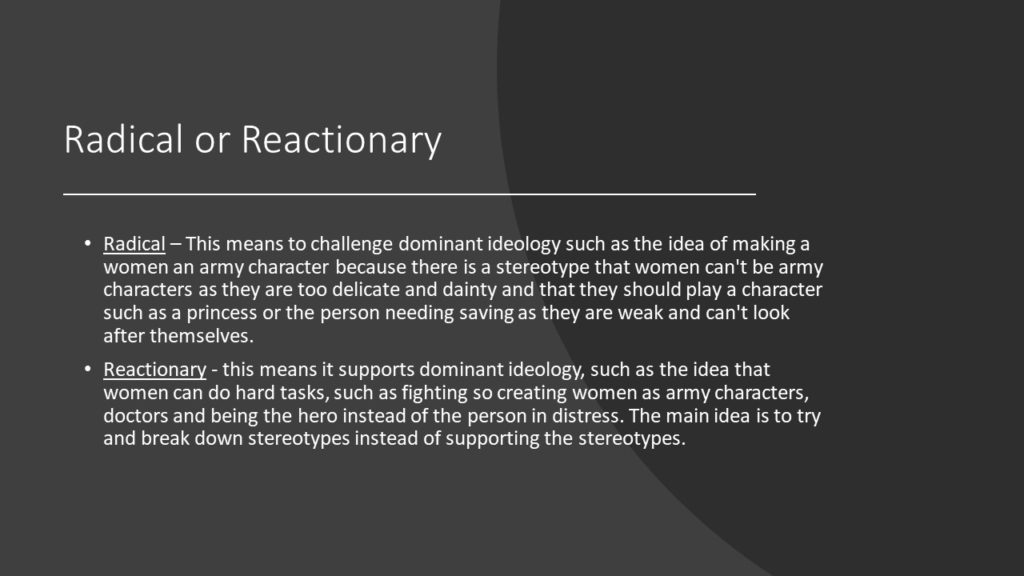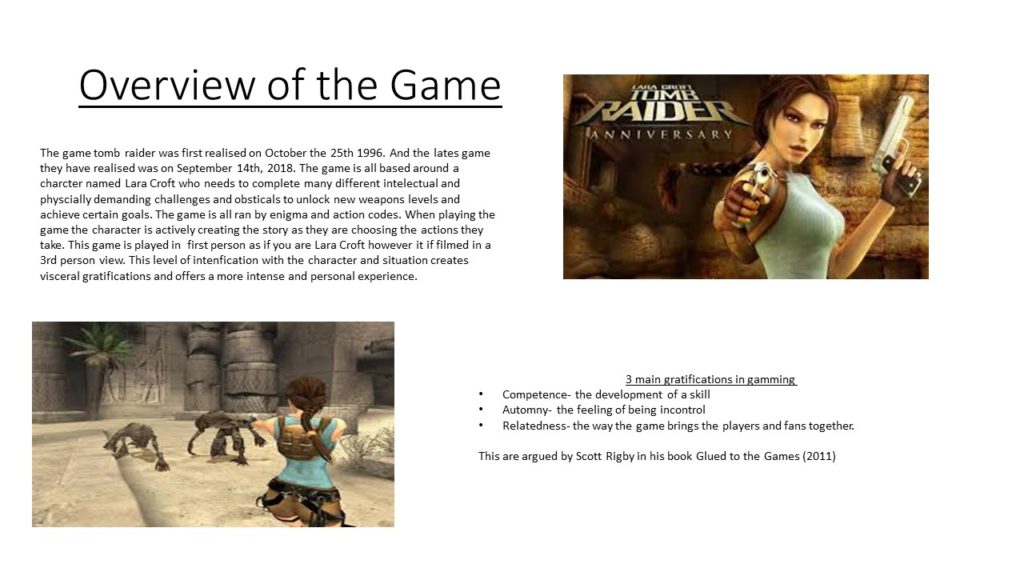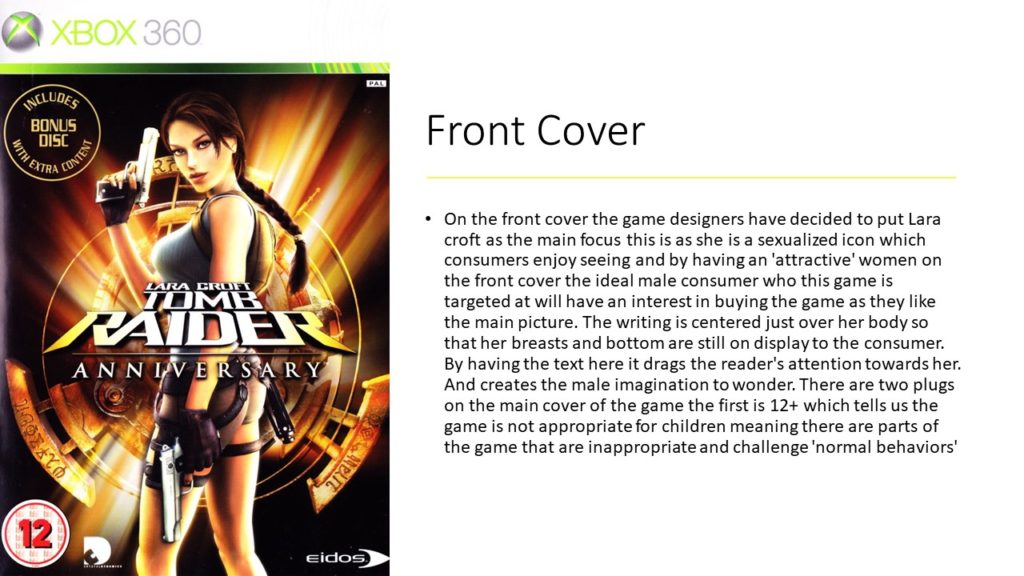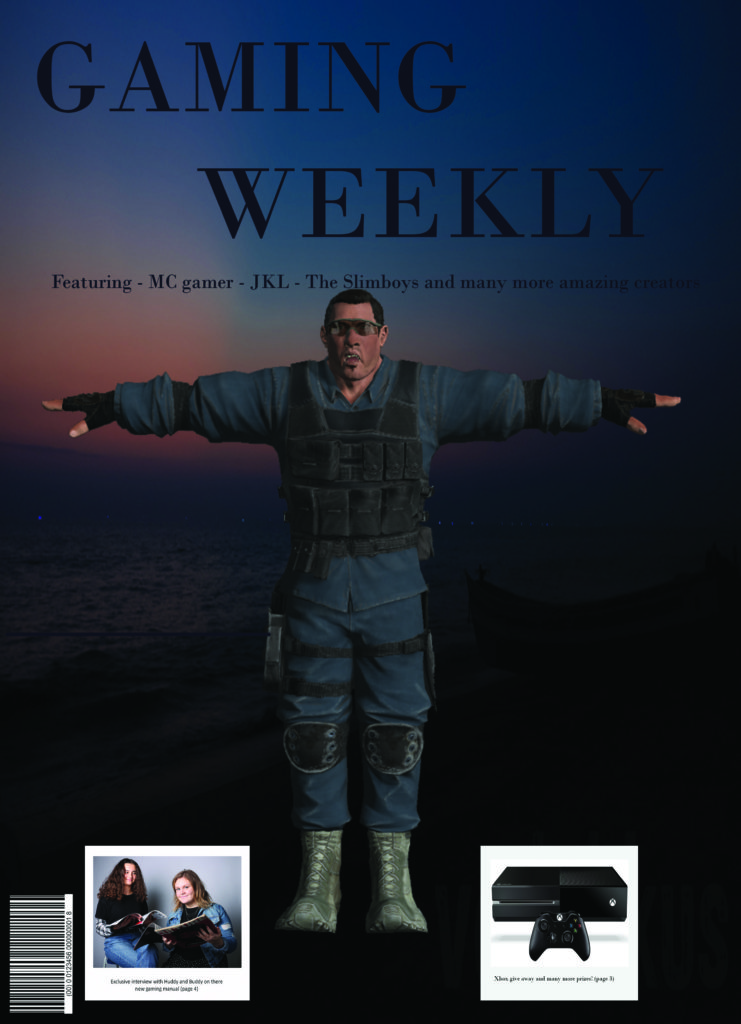
Theorists


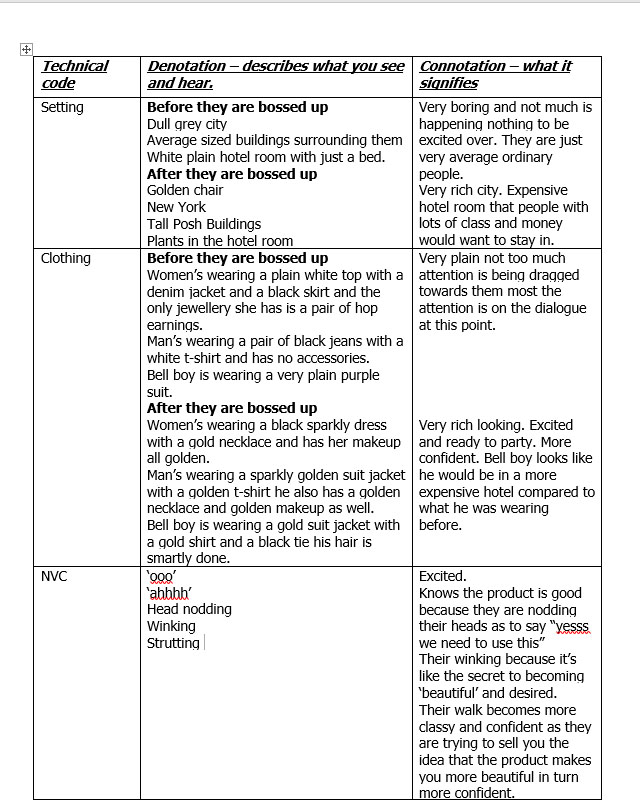
In this essay I intend to discuss the representation of gender through the dominant ideology of what the male and female bodies should look like. Men’s health is a magazine about how to be a healthy, muscular man. Tomb Raider is a coded video game about a young women who needs to overcome challenges to unlock new levels to play further into the game. I plan to argue my opinions with the help of a YouTube video by feminist frequency and another article by Lauren haul about body image.
Both of the materials negatively stereotype males and females. First of all we see this by the iconic sign of Vin Deiseal on the front cover of the Men’s Health magazine. He is portraying a strong muscular man giving the reader the message that if you want to be healthy and have good health you need to have large muscles and ‘blast body fat’ however this quote is both radical and reactionary as it is good to not have too much body fat and become obese but its radical as no man needs to have vast amounts of muscle to make them ‘slay’ and be desired by women. Likewise in Tomb Raider the iconic sign of Lara Croft shows a miss representation of what the female body should look like. The main image of Lara Croft is negatively stereotyped as she is viewed to have a tiny waist and large breast ‘Gard accidentally increased her breast size by 150 percent,’ this shows the male designer has the control on how he designs his character and when the game was first created Lara Croft was supposedly ament to have a positively stereotyped figure which would complement her positively stereotyped character however the ‘creative team insisted it was maintained.’ As this made the game more popular and they knew the game would sell better as it would attract more young male consumers who would be fantasied by this image and so intern want to play the game.
In both texts both images have extremely revealing clothes on, which suggests they both are the main focus of there texts and this is why you want to buy the game or magazine. Lara has tiny shorts and a little crop top and Vin Deiseal has an extremely tight top on to allow the audience to see his vast amounts of muscle and by them being able to see it the reader believes that they will be able to become like that if they buy this product. However this is a radical idea and thought as no one will be able to develop that amount of muscle from buying a magazine but that is what the company want you to believe. Both characters are standing in an unrealistic way which would clearly be uncomfortable so that the consumer can see more of their body features for example Vin Diesels arms bent outwards to show his large muscles and Lara Croft twisted round so that her bottom and breast are on display at the same time this is frustrating as a 2019 audience as we believe men and women are more than just their body image and that they have more to them then ‘big boobs or large, muscles.
In conclusion I believe both these texts are unsupportive of how the male and female body should be displayed and they both are representing negative stereotypes that make men and women believe they should be certain ways as the media is telling them to be this way as it will satisfy the opposite gender.
References
Lara Croft Article
Positive and negative stereotypes– behaviors and looks that people commonly assume with certain genders, age and religion however sometimes these assumptions can be positive and sometimes they can be negative. E.g women are only good for cooking and cleaning is a negative stereotype and police save people is a positive stereotypes.
Counter-types – a non stereotypical figure which challenges society. E.g a gay Muslim man
Misrepresentation- a figure or icon that is represented incorrectly. E.g the man on front of the cover of men’s health
Selective representation– when you chose to only represent certain figures to make your product more idea and wanted my the consumer. E.g Only putting strong, independent and emotionally together males on the front of the men’s health magazine.
Dominant ideology – a belief or attitude that a whole community or society believes in. E.g the western world believe that children should go to school.
Constructed reality
Hegemony
Audience positioning-
Fluidity of identity – it can change and move throughout time. E.g. one day someone may feel like being a strong male the next they might want to wear dresses and paint their nails
Constructed identity– forming of a person by the way a certain society feels and the culture they believe in. E.g a christian mother will stay at home and look after her children and always take them to church on a Sunday.
Negotiated identity– changing someones beliefs and identity by the use of cultural beliefs and the mass media. E.g someone who thinks they like oranges watches lots of TV about oranges and now they love Oranges.
Collective identity– a persons feeling of belonging within a certain community or group. E.g a rugby player feeling like part of her team and feeling valued within that team.
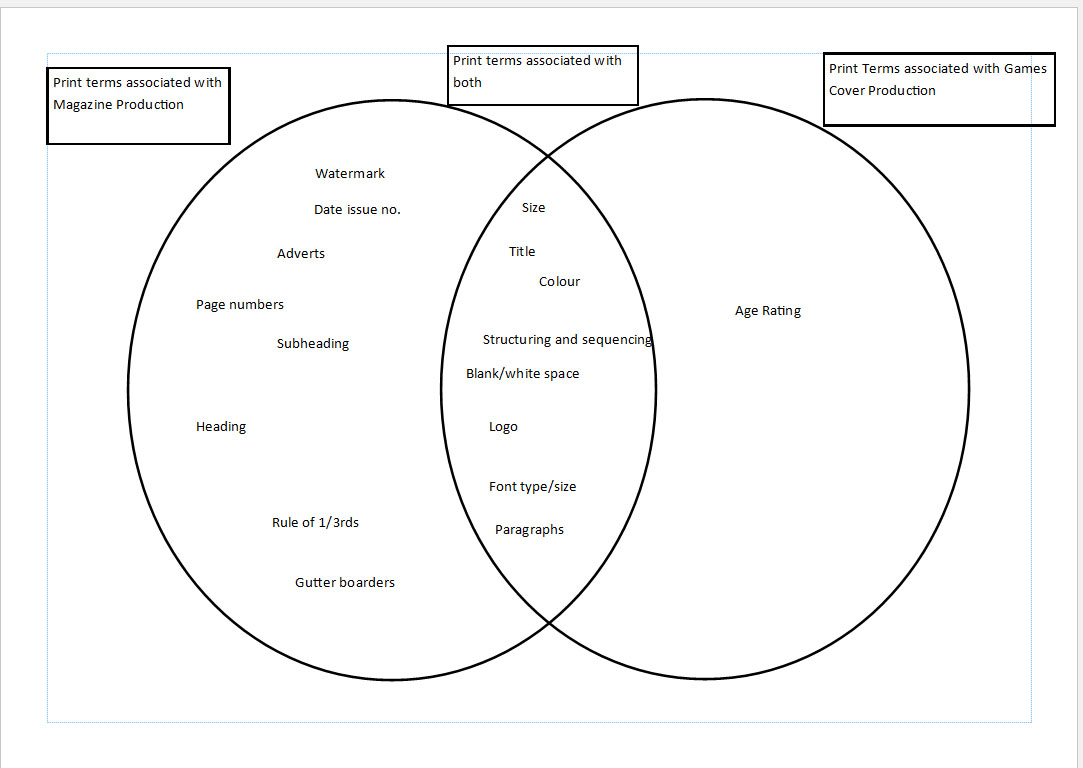
My main character is a reactionary icon which supports dominant ideology, as he is a representation of a stereotypical male gaming character. We can tell this as he is a very large muscly character who has a very stern unwelcoming face. He is displayed on top of a very dark sinister background of the empty beach at night. This helps to support the signification of the character as it helps to show he is a lone person who doesn’t need support from others and can defend himself and over come his challenges alone.
In my magazine the main idea is that gaming is fun and the consumers of the product love gaming. My target consumer would be a dominant or negotiated consumer as their opinions are that gaming is amazing or the gaming is something new to them and they don’t love it or hate it.

